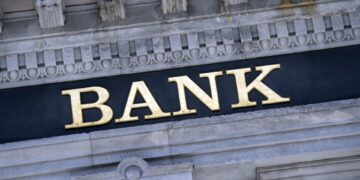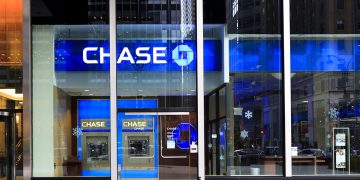WASHINGTON—The Federal Reserve has unveiled the 2021 stress-testing scenarios that it will use to evaluate the safety and soundness of 19 of the largest U.S. banks.
The harshest scenario banks will be tested against this cycle includes elevated stress in the commercial real estate and corporate debt markets along with an intense global recession. In that severely adverse scenario, banks would have to account for a rise in the U.S. unemployment rate by 4 percentage points to 10.75%.

Bloomberg
That hypothetical — which is much worse than current baseline projections for the path of the U.S. economy as it looks to recover from the shock of the coronavirus pandemic — will help guarantee that the largest banks are able to continue lending throughout a recession in order to provide critical support to the economy, the Fed said in a release Friday.
“The banking sector has provided critical support to the economic recovery over the past year,” Fed Vice Chair for Supervision Randal Quarles said in the release. “Although uncertainty remains, this stress test will give the public additional information on its resilience.”
The Fed conducts two separate stress tests every year on bank holding companies. Most regional banks with assets of $100 billion to $250 billion face stress tests every other year, and they’re exempted from the 2021 cycle. However, those banks can choose to opt into this year’s test as long as they do so by April 5.
The first test is the Dodd-Frank Act Stress Test, which examines a bank’s balance-sheet performance under the scenarios using a standard capital management plan. The second is the Comprehensive Capital Analysis and Review, which uses the bank’s own capital management plan to better assess how the bank might actually perform under the same conditions. Each test examines a bank’s performance over nine future consecutive quarters.
The baseline scenario for the 2021 cycle is in line with current economic projections that forecast a gradual decline in unemployment, stable inflation and a steady expansion in international economic activity. Both the baseline and the severely adverse scenario contain 28 variables, including interest rates, stock market prices and gross domestic product.
Banks subject to stress tests in this cycle that have large trading operations also will be tested against a global market shock as well as a default of their largest counterparty.
Banks are required to submit their capital plans to the Fed by April 6. The central bank will announce the results of both stress tests by June 30.








